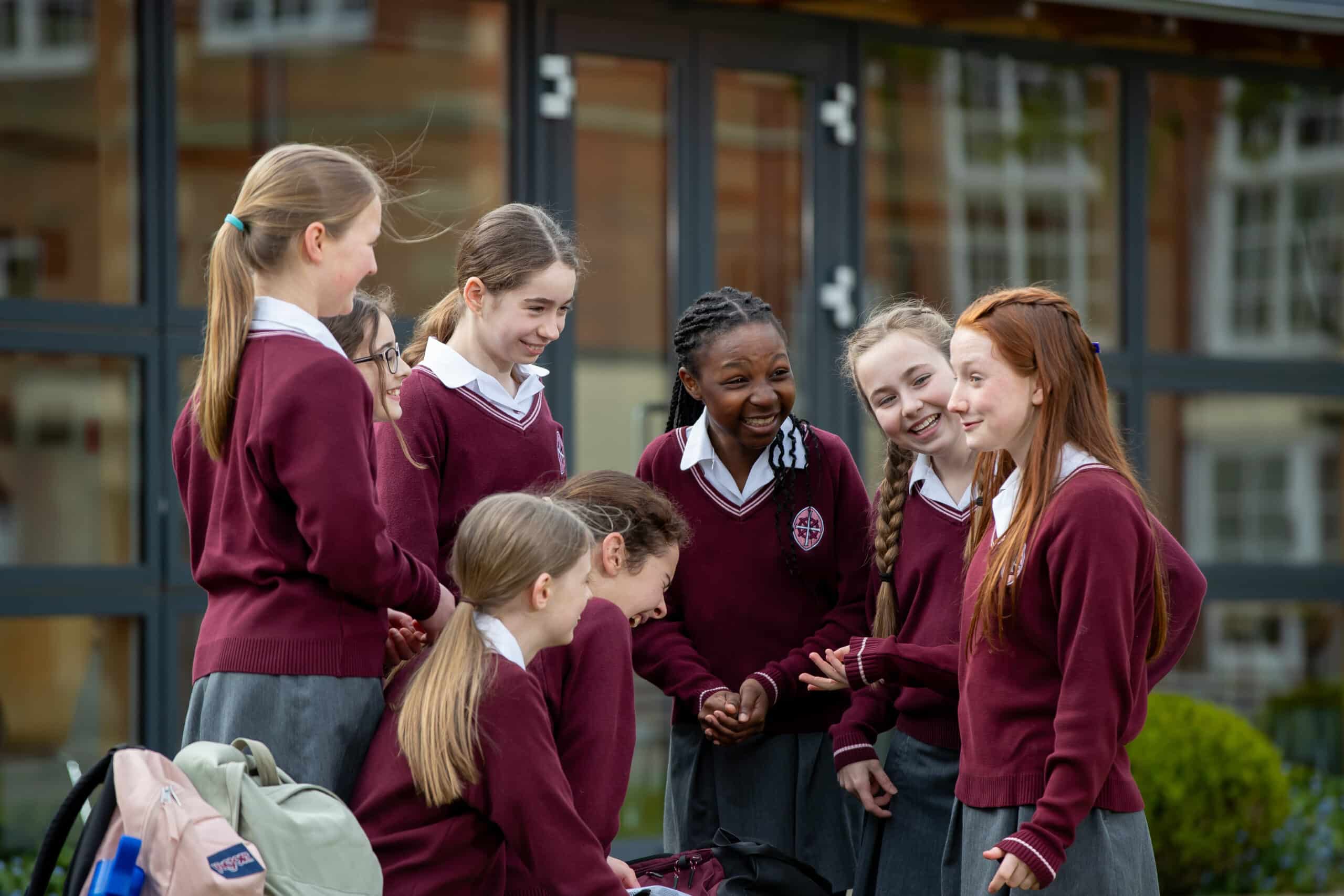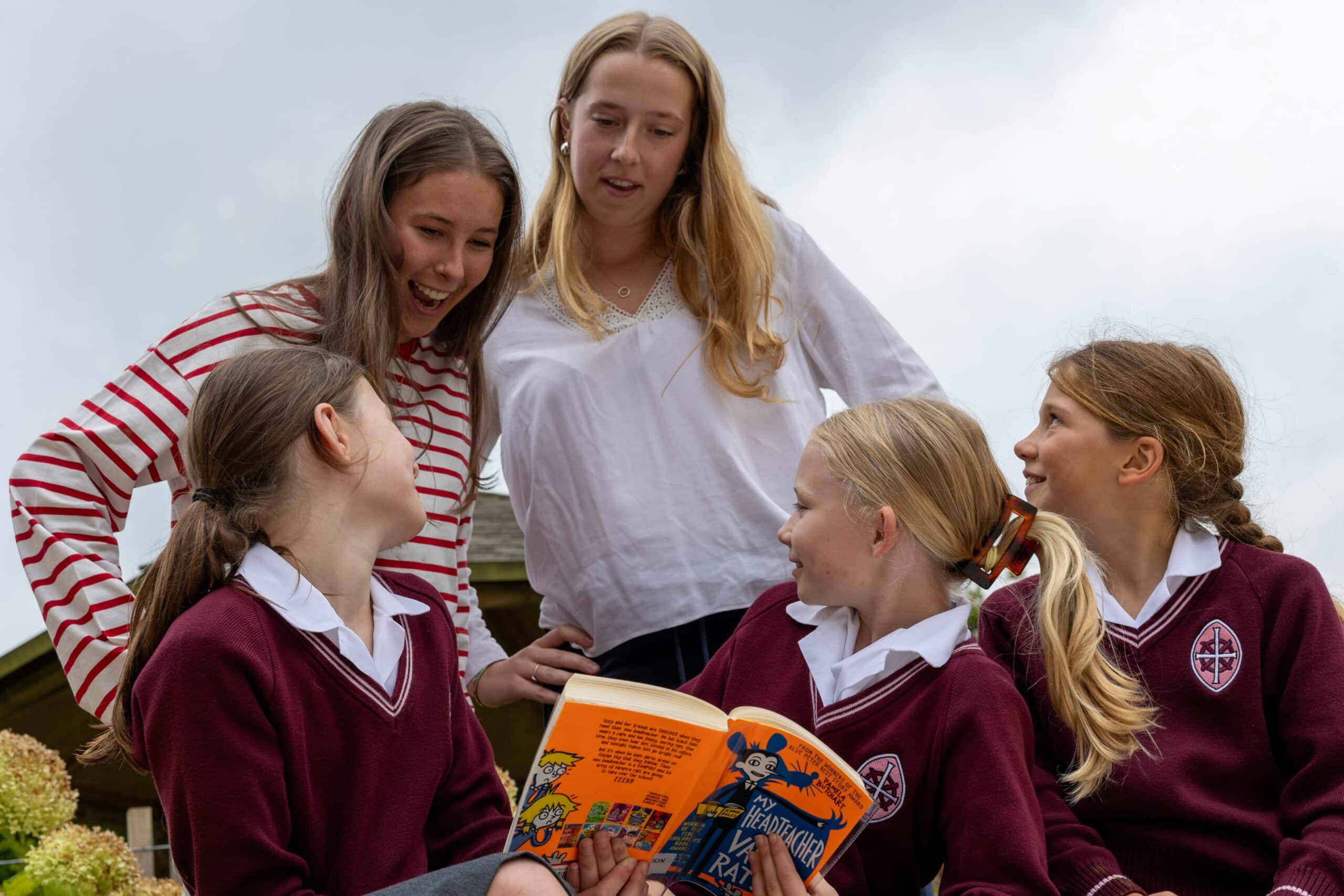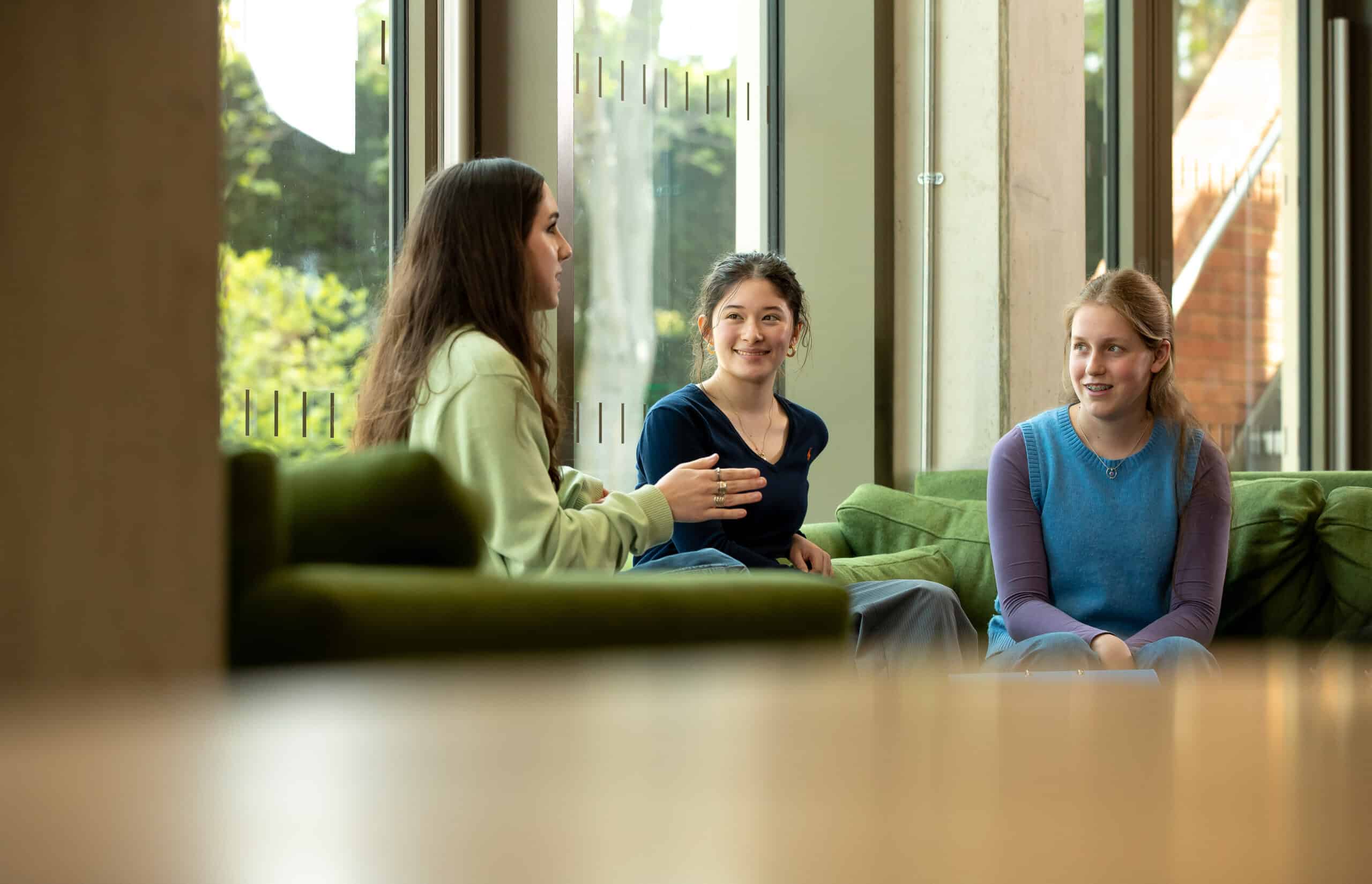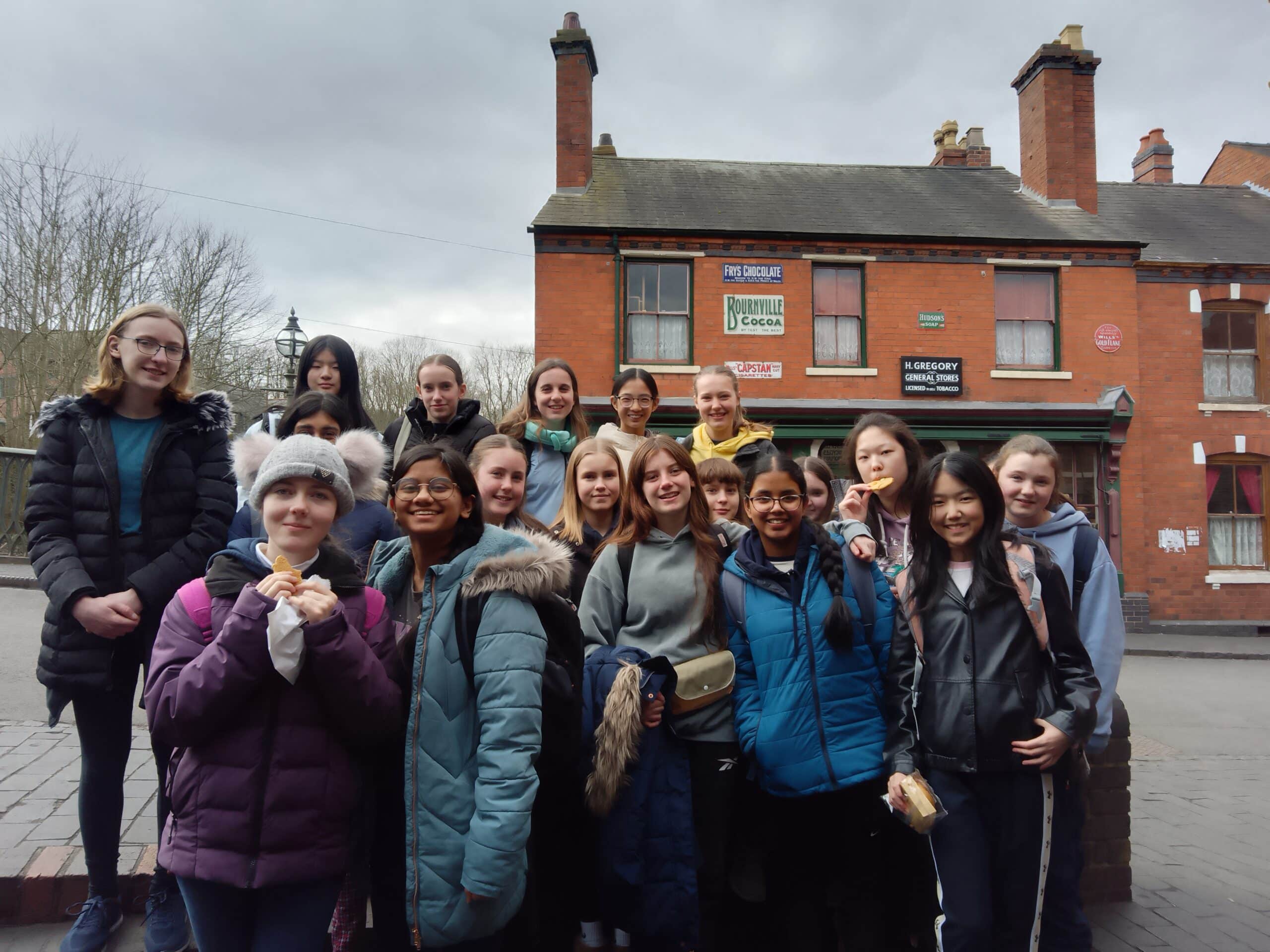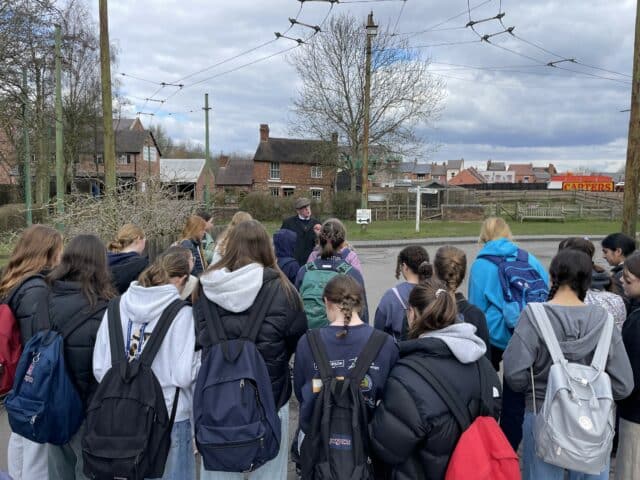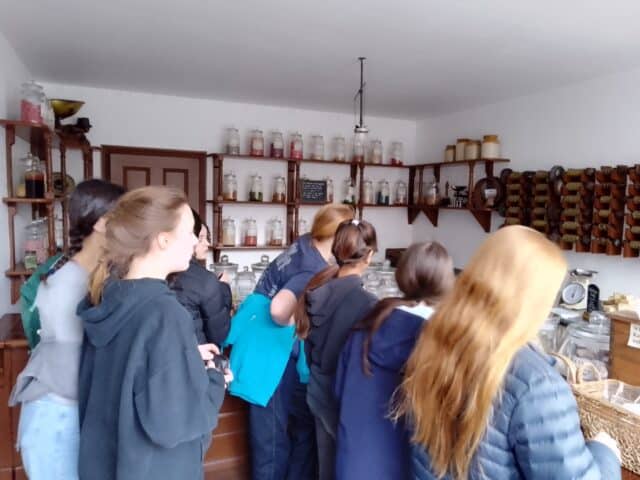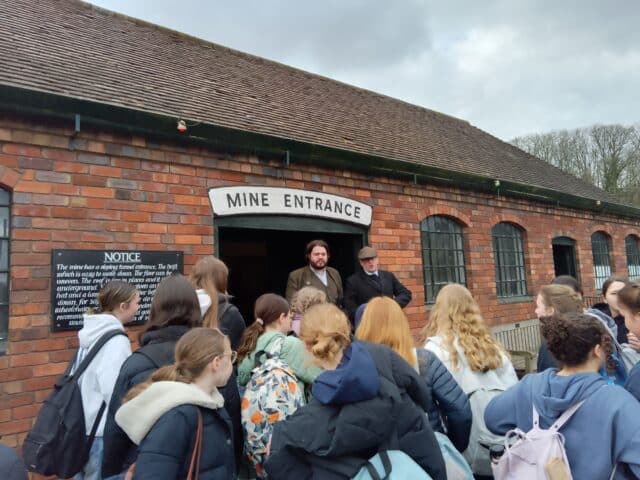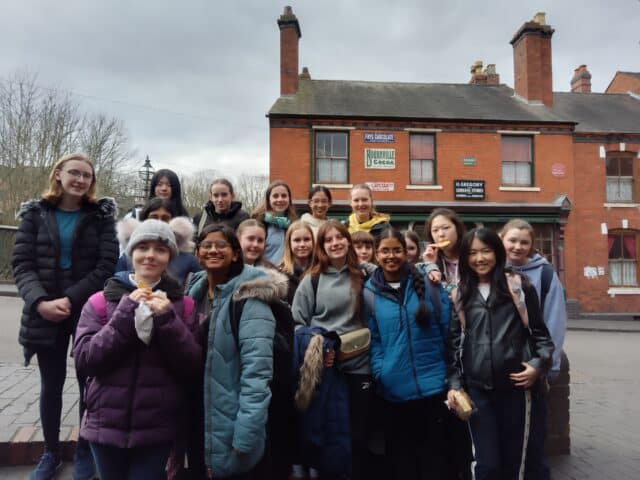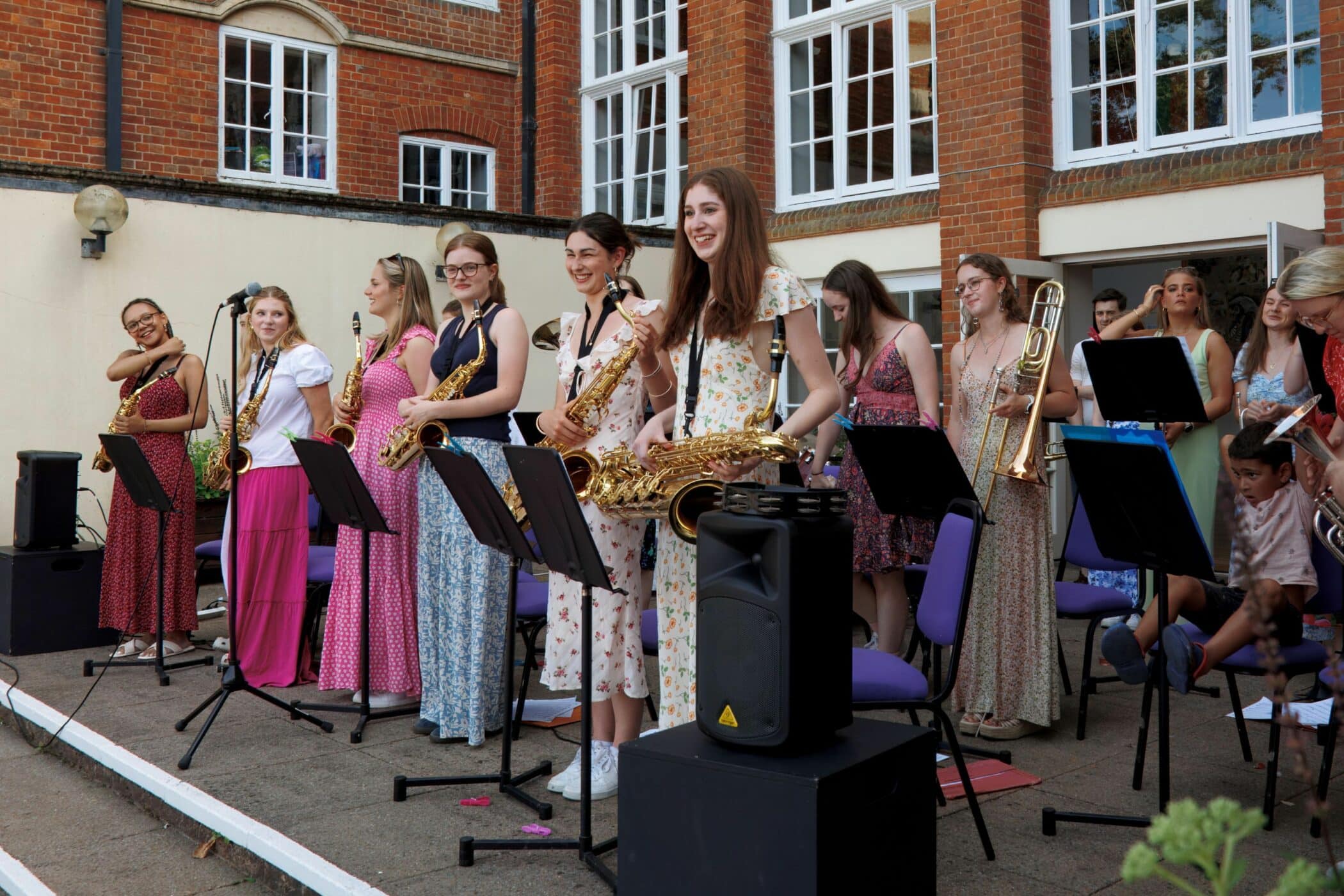At the end of Lent term, Year 8 embarked on a trip to the Black Country Museum near Birmingham.
What surprised you the most during the trip? What new knowledge did you find?
The most surprising thing I learnt form the trip was the process used in the Industrial Revolution to remove methane from the mines. Men would be sent down the mines, wrapped in wet hessian and carrying a long wooden stick with a candle on the end. Their job was to set alight to the methane gas in the air whilst lying on the floor of the mine. This, hopefully, would be a quick explosion above their heads because methane gas is lighter than air and usually floats above the air particles. However, this could not always be guaranteed making this a VERY dangerous job.
In addition to dangerous jobs in the mines, there were very hard and dangerous practices in the factories. The noise of the hammers coming down when moulding iron sometimes deafened people and this is where we got some of our English sayings from. For example, people put cloth in their ears to try and block out the machine’s noise resulting in the saying ‘cloth eared’ when someone isn’t listening!
People’s houses were also in danger due to work down in the mines. When a mine, or part of a mine, collapsed, the walls of a house could curve in or out and start sloping (as well as the floor). This could make the house very dangerous to live in as it could fall down any day.
People’s houses showed a lot about how wealthy or educated they were. If you lived in a detached house (like Jack and Rose, two siblings in the Living Museum did) then it often showed you were rich. If you had wallpaper and books on your shelves, it often showed you were educated as you could read.
However, if you lived in a back-by-back house you would have a lot less room and have to share facilities such as toilets with a lot of other families. Whatever their social status, people had items to improve their quality of life. For example, they had ceramic hot water bottles which would sit by the fire all day then have hot water put in them and warm up beds. They also used pans which had many purposes. Hang hooks were used to hang meat over a place where potatoes or dripping could be cooked/collected which allowed the meats flavour to drip into it. They then put pouring nozzles on each side of the pan to make it easier to pour the dripping out. There were extremely useful and handy inventions.
How useful to historians is a ‘living museum’?
A living museum recreates historical setting to give visitors the experience of living in the relevant time. For example, the Black Country Museum is a recreated historical town where you can visit period houses, shops and indeed workplaces which have either been rebuilt from original buildings (brick by brick) or replicated. Living Museums are extremely useful to historians as they help show exactly what life was like during the Industrial Revolution. In some cases, the museum’s buildings are original and prove primary sources for historians to study when trying to determine what life in mines, factories or even at home was like. As an example, houses in the Industrial Revolution are a key piece of evidence as they show how people of different social status lived as well as how mines effected how houses were structured and how they stood. Other buildings are replicas and secondary sources, but the combination gives a real ‘live’ experience and encourages historians to consider in additional detail the realities of life on the places in these times based on the evidence.
Why was the Black Country important to the Industrial Revolution?
The Black Country was important to the Industrial Revolution because it was the centre of limestone, iron, coal and clay production. This is because the geology of the area contained rich deposits of these materials. For example, there was a 30 foot ‘coal seam’ which was both easily accessible and the largest in Britain. This resulted in a lot of mining taking place. It also meant other industries reliant on coal (such as iron production and other industries with furnaces and forges) quickly developed alongside coal mining. The numerous factories which developed around the Black Country made in one of the Industrial Revolution’s birthplaces. The landscape was transformed by this activity and the soot and smoke from all the industrial activity resulted in it becoming known as the ‘Black Country’.


